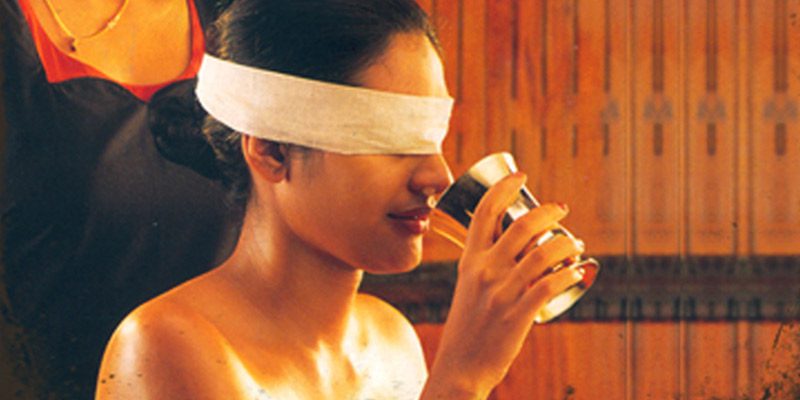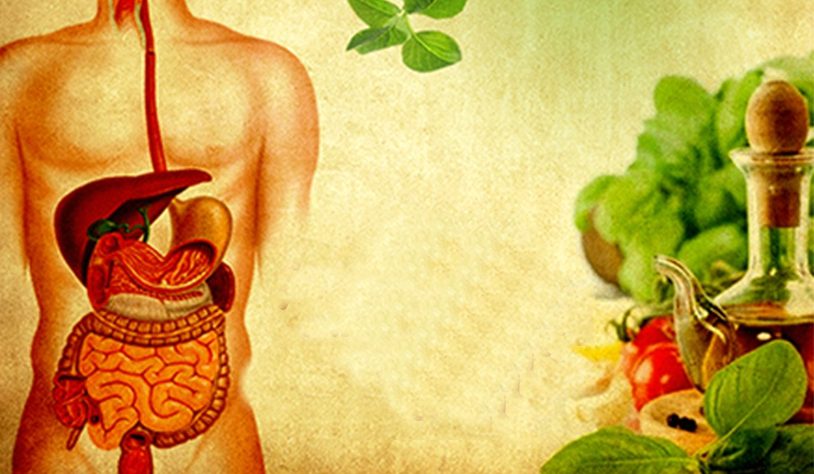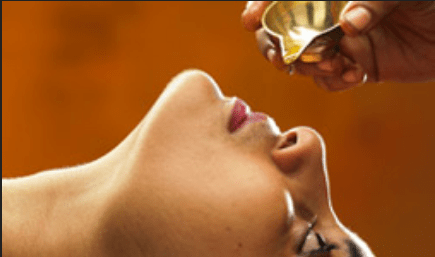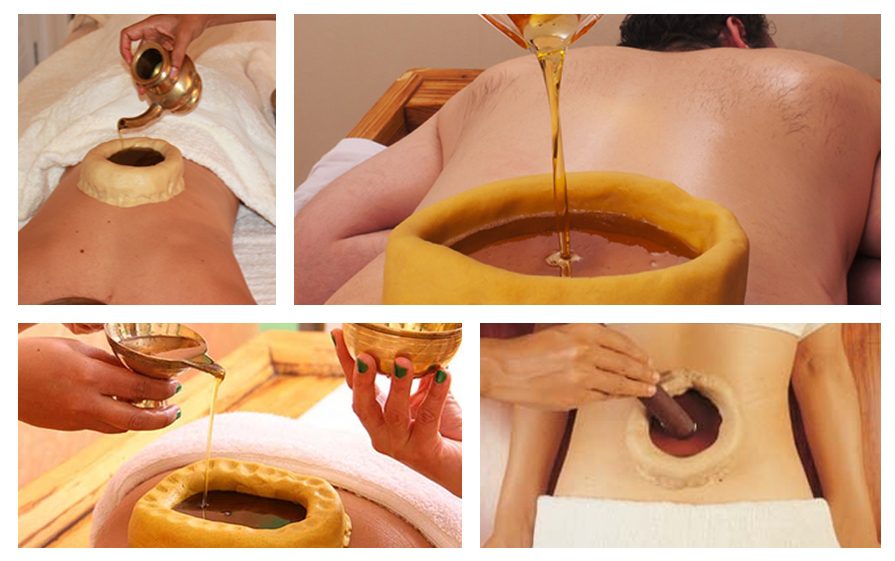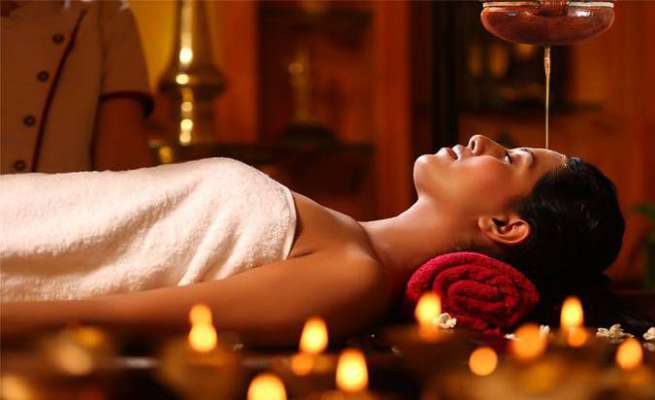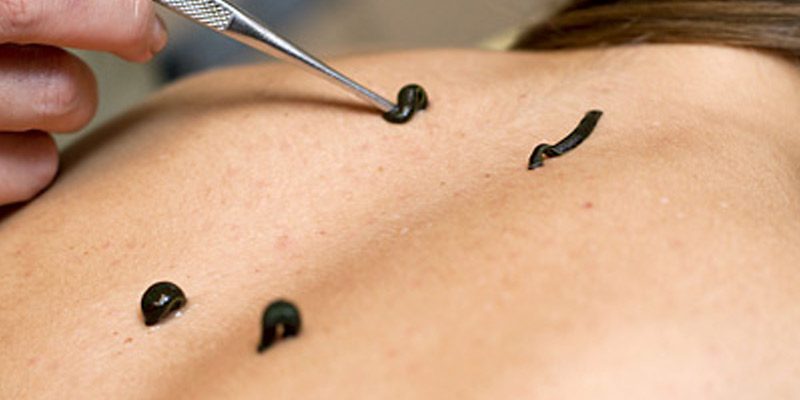Panchkarma Treatment:
Ayurvedic Complete Detoxification and Cleansing Process. Panchkarma is Ayurveda’s primary purification and detoxification process. Panchkarma treatment is made with two words, i.e., “PANCH” meaning five and “KARMA” meaning steps ( cleansing & procedures). These five procedures of eliminating the toxins from the human body are – Vamana, Virechana, Nasya, Basti, and Raktamokshana. This series of five processes helps to remove deep-rooted toxins from the body so that balancing the doshas of the body (energies that govern all biological functions in the human body).
According to Ayurveda, an individual’s natural state is one of health, happiness, and internal well-being. It means that the body is free from toxins, all organs function usually works, the mind is in harmony and the mental state is balanced and positive. Unfortunately, with the stress and pressures of daily life over time, toxins build up in the body causing both physical and mental disorders. Panchakarma can reverse these adverse effects and restore a natural state of health and wellness by cleansing the toxins from the body, restoring balance to the system, and improving bodily function.
Panchkarma Treatment has been shown to create measurable brain wave consistency and to lower metabolic action. Panchkarma procedures allow the body and mind to leave into a deep level of calmness. In this state of relaxation, it is feasible to cleanse toxins from tissues as well as to release deeply held sentimental stress. You will experience calmness and clarity looking like the crystal water of a still mountain lake.
Although Panchkarma treatment is generally known as the entire process, it is only one part of a group of therapeutics therapies belonging to a class of cleansing process called ‘shodhana.’ But there is also a range of moderate techniques named ‘Shamana’ for those persons are not strong enough for shodhana.
Panchkarma is a powerful Ayurvedic way of treatment for the management of the chronic and as well as lifestyle-related diseases. It is the procedure that treats the disease from its root cause and makes the essential balance of dosha in the body. It is not only better for alleviating disease but also a useful natural procedure for maintaining good health.
Panchkarma Comprises of the Following Phases:
Poorva Karma ( Preparatory techniques)
The body is first prepared before starting any of the Panchakarma treatment.
The Process of Preparation Includes:
Snehan (Oleation)- It is carried out to alleviate Vata, soften the Doshas in the body and make the passage of excretes easier from the excretory system. These procedures are performed with ayurvedic oil and herbal
Sweden ( Fomentation)- It liquifies aggravated Dosha and bring it back to its own excretory sites from where these are easily expelled out by main Panchakarma procedures. It opens the pores of the skin and dilates all the channels in the body.
Pradhankarma (Main Procedures)
The five main procedures after Poorvakarma are
VAMAN
Expulsion of Doshas ( Toxins) by including medicated vomiting for balancing Kapha Dosha.
VIRECHANA
Expulsion of Doshas by including purgation (loose motion) for balancing Pitta Dosha.
NASYA
Nasal drops given through nostril for the cleansing of nose, throat and head region.
BASTI
This is decoction/ oil-based Enema for detoxification of the Vata dosha especially along with other doshas.
SHIRODHARA
Shirodhara is known as the third eye treatment of Lord Shiva as mentioned in Ayurveda text. An ayurvedic oil, herbal decoction or medicated milk is poured in gently and regularly over the forehead in continuous flow using a particular rhythmic way or in an oscillatory motion which gives a deep mental relaxation and calmness to the brain.
RAKTAMOKSHAN
It is a procedure of bloodletting for the purification of blood ( Rakat Dhatu)
Panchkarma Treatment (Post Panchkarma Procedures)
At
Deep Ayurveda -The post-Panchkarma procedures must be followed after panchakarma treatment to get a complete cure by achieving the well stimulated Agni, i.e.; digestive fire and enhanced resistance of the person. This is basically the diet regimen to bring the patient to a routine state slowly by given some soups made from light vegetables, lentils or pulses with ghee.
